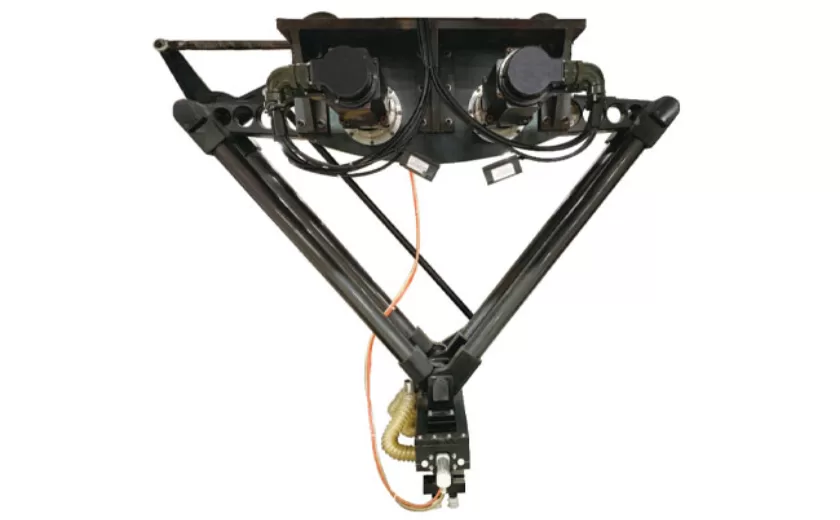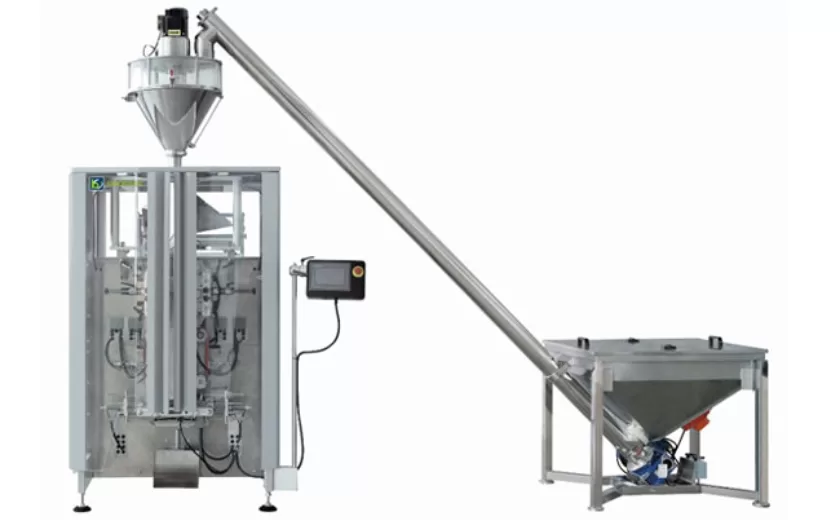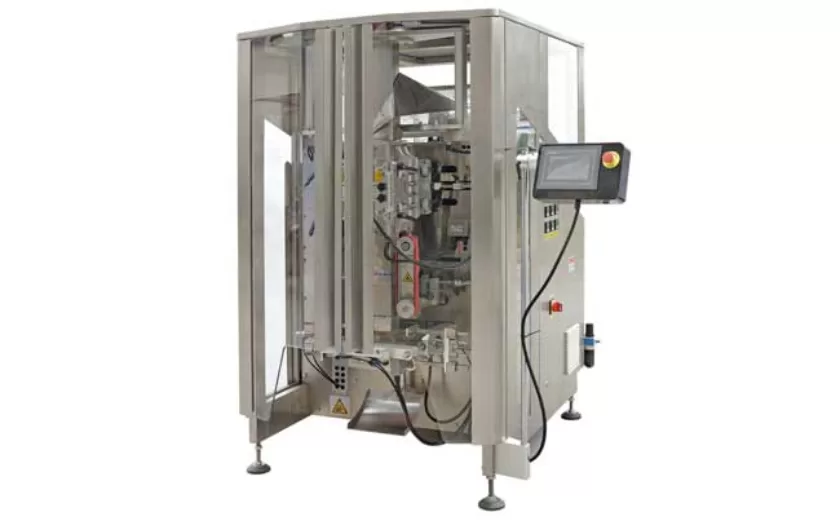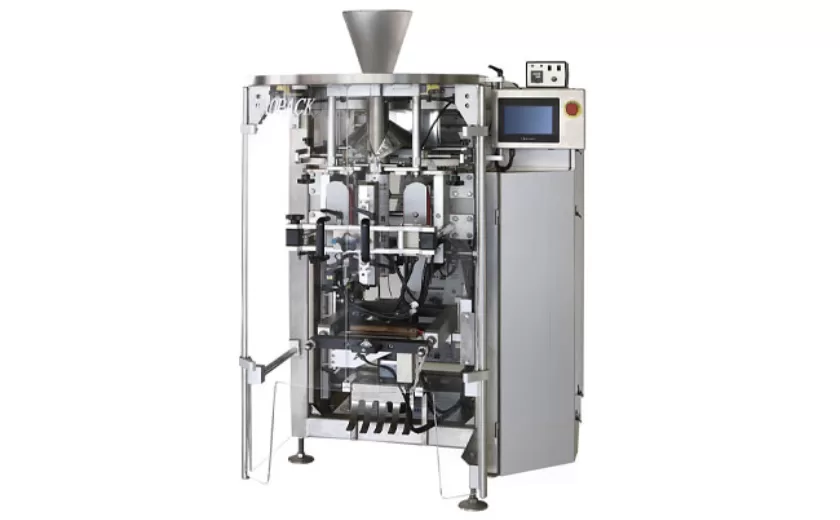When Should You Choose Automatic vs. Manual Weighing Solutions?
Weighing solutions play a crucial role in various industrial and commercial processes. Choosing the right weighing solution, whether automatic or manual, depends on specific requirements and operation scenarios. This article explores the key considerations for selecting between automatic and manual weighing solutions.
Factors to Consider
1. Precision and Accuracy
Automatic weighing solutions utilize calibrated sensors and sophisticated algorithms to deliver highly precise and accurate measurements. They minimize human error and ensure consistent results crucial for industries such as pharmaceuticals, food processing, and chemical manufacturing. Conversely, manual weighing relies on human judgment and can be prone to errors due to fatigue, distractions, or mishandling.
2. Speed and Efficiency
Automatic weighing solutions offer significant speed advantages. They can handle high volumes of items with minimal manual intervention, reducing processing times and increasing efficiency. This is particularly valuable in high-output environments such as shipping and receiving, inventory management, and production lines. Manual weighing, on the other hand, requires more time per item and is slower for large quantities.
3. Operator Safety
Automatic weighing solutions eliminate the need for manual handling of heavy or hazardous materials. They protect operators from physical strain and potential injuries. In industries where safety is paramount, such as heavy machinery manufacturing and chemical handling, automatic weighing solutions provide a safer and more ergonomic alternative.
4. Cost Optimization
While automatic weighing solutions may have a higher upfront cost compared to manual weighing, they often offer long-term cost savings. Their increased speed and efficiency reduce labor costs, minimize errors, and prevent product waste. Additionally, automatic weighing solutions can be integrated with data management systems for real-time monitoring and analysis, leading to further cost optimization.
5. Integration and Automation
Automatic weighing solutions seamlessly integrate with automated production systems and inventory management software. They provide real-time data that can be used for quality control, process optimization, and decision-making. This integration enhances operational efficiency and enables industries to embrace the benefits of Industry 4.0 and smart manufacturing.
Choosing between automatic and manual weighing solutions involves carefully considering factors such as precision, speed, safety, cost, and integration. Automatic weighing solutions excel in high-volume, high-accuracy applications, where speed, efficiency, and safety are paramount. Manual weighing remains a viable option for low-volume, less critical applications where cost and simplicity are priorities. By understanding the specific requirements of their operations, businesses can make informed decisions that optimize their weighing processes and achieve desired outcomes.
-

Advanced Packing Solutions: Snacks, Sugar, and Frozen Food Machines
29-10-2025 -

Efficient and Reliable Solutions for Salt, Nuts, and Frozen Dumplings Packing
29-10-2025 -

High-Performance Biscuits, Lollipop, and Ketchup Packing Machines for Modern Food Production
29-10-2025 -

Efficient Liquid Filling and Packing Machines for Modern Production
23-10-2025 -

Reliable Granule Packaging Machines for Efficient Production
23-10-2025 -

Efficient Auger Powder Filling Machines for Accurate Packaging
23-10-2025 -

High-Performance Liquid Filling and Packing Machines for Hygienic Production
10-10-2025 -

High-Efficiency Granule Packaging Machines for Precision and Speed
10-10-2025 -

High-Precision Auger Type Powder Filling Machines for Efficient Packaging
10-10-2025 -

Efficient Vertical Form Fill Seal Packaging Machines for Smart Production
10-10-2025





